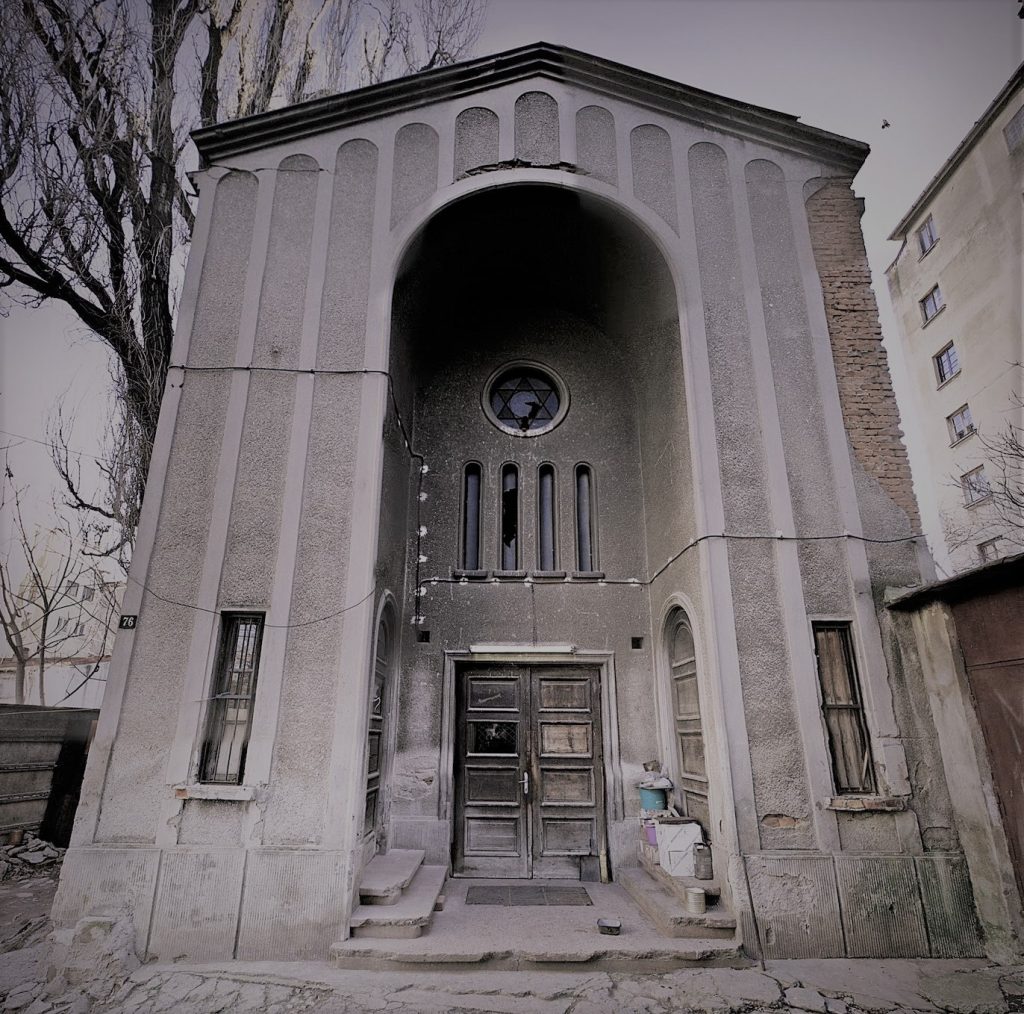Although its underground petroleum resources are today largely exhausted, Wallachia remains the country’s economic center.

This region was first dominated by Hungary, but in 1330 it fell under Ottoman influence. A number of Jews expelled from Hungary in the mid-fifteenth century settled on the Wallachian slopes of the Carpathians, and were followed, after 1492, by those expelled from Spain by that country’s Catholic monarchs. Warmly received in regions controlled by the sultan (the Mediterranean shores and the Balkans) and the Wallachian princes, who encouraged trade, Jews in the late fifteenth century nonetheless fell victim to the cruelty of Vlad the Impaler, better known by the name of Dracula.
If their economic importance grew during the seventeenth and eighteenth centuries, the law, which remained medieval, advocated their clear separation from the Christians. While their security was guaranteed under the reign of the Phanariot princes (Christians recruited by the Sultan in Istanbul’s Greek quarter to govern the Danubian countries), already widespread anti-Semitism of Orthodox Christians inspiration led to accusations of ritual murder, abusive tracts, and finally pogroms.
With Moscow’s stranglehold on the Romanian principalities following the 1829 Treaty of Adrianople, the Jews’ legal standing, which mirrored exactly contemporary laws within the czar’s empire, began to deteriorate with the arrival of large numbers of Jewish immigrants in eastern Moldavia, also annexed by Russia. The revolutionary upheaval of 1848, which elsewhere in Europe had called for equal rights for all, failed to live up to its promise. Over the course of the eighteenth century, Wallachia had been acquired by Austria, then passed on to Russia. In 1859, the region was united with Moldavia, forming a new realm that gained independence in 1878.
Despite pressure from French deputy Adolphe Crémieux and other western democracies, and despite Jewish participation in both the war for Romania’s independence and the First World War alongside the Allies (1916-18), civil equality and respect for the minority rights of Jews were not granted until later, by the 1923 constitution. In that era, large Magyar-speaking Jewish populations from Transylvania, German-speaking ones from Bukovina, and Yiddish or Russian-speaking ones from Bessarabia were all united within Greater Romania by the Treaty of Versailles. Fifteen years later, these gains were jeopardized by the anti-Semitic legislation of the Goza-Cuza government. The country’s dismemberment, which began in the summer of 1940, combined with its entrance into war on Hitler’s side against the Soviet Union and then, after defeat, the installation of a hard-line Communist government here ultimately sounded the death knell for Romanian Judaism.